There are millions of tonnes of carbon stored in soils on NI farms, and the role farmers play in managing this carbon needs to be recognised by wider society, attendees at an ARC Zero event on the Egerton family farm in Fermanagh were told on Tuesday.
“The problem is there is too much carbon in the atmosphere and not enough down in the soil,” suggested the deputy chair of the ARC Zero project, and prominent environmentalist, Patrick Casement. “Livestock is key to getting more carbon into the soil. Sure, they are part of the problem, but are a massive part of the solution as well,” he added.
On the 180-acre Egerton farm soils are predominantly clay and clay loam, with 8,692t of carbon stored in the top 30cm of soil. Despite fields on the farm being surrounded by strong hedges and plenty of mature trees, the soil carbon figure dwarfs the 358t of carbon held in trees and hedges.
Egerton farm
The Egerton swards are in permanent grass, and are rotationally grazed by suckler cows, beef cattle and sheep. Most of the fields have between 3% and 4% carbon stored in the top 30cm.
Quoting research from Queen’s University Belfast, Casement maintains that clay soils can capture significantly more carbon. Ultimately, both he and ARC Zero chair Prof John Gilliland believe it is possible that farmers on mineral soils will be paid for locking up more carbon.
On peat soils it might be a matter of paying farmers to lower or prevent carbon losses, given that peatland in NI is a significant source of carbon emissions.
“Clay soils can capture more carbon. Even though it is quite high already there is huge potential to store more,” said Casement. He maintained that good management is key, with pH status critical to ensuring a healthy soil, and new developments such as multi-species swards potentially having a role.
He also points to the long-running slurry experiment at AFBI Hillsborough as proof that NI soils are a long way off saturation point. That trial has been running since 1970, and shows that plots treated with cattle slurry are continuing to accumulate carbon.
The plan for the seven farms in the ARC Zero project is to come back in five years and measure how much carbon has been sequestered over the period.
Moral argument for
NI to produce food
Despite the name, it is unlikely that given the current accounting system for greenhouse gas (GHG) emissions, any of the participating farms in ARC Zero will be able to get to net zero emissions in the near future accepted, said Dr Jonathan Birnie, a partner in the project.
“We probably couldn’t do it now, but with the development of technology, new practices etc we will be able to do it over time,” he suggested.
On the Egerton farm around 33% of gross emissions are potentially offset by what is sequestered in soils, trees and hedges. Like most livestock farms, the main source of emissions (46%) is methane produced by ruminant animals. But given it is a short-lived gas in the atmosphere, it is now generally accepted its impact is overstated in GHG calculators currently used across the UK and Ireland.
Custodians of carbon
In the meantime, the aim of projects such as ARC Zero is to highlight the role of farmers as custodians of carbon, and the management required to ensure more carbon is sequestered.
Birnie also points out that given the significant increase in food demand globally due to population growth, and the impact of global warming on vulnerable food production systems, there is a “moral argument” that NI farms must continue to produce food.
“But we have to reduce the overall impact of what we do. The environment and productive farming can be done together,” he said.
Read more
Fifty years of Hillsborough slurry plots
Separate methane as part of new climate goal
There are millions of tonnes of carbon stored in soils on NI farms, and the role farmers play in managing this carbon needs to be recognised by wider society, attendees at an ARC Zero event on the Egerton family farm in Fermanagh were told on Tuesday.
“The problem is there is too much carbon in the atmosphere and not enough down in the soil,” suggested the deputy chair of the ARC Zero project, and prominent environmentalist, Patrick Casement. “Livestock is key to getting more carbon into the soil. Sure, they are part of the problem, but are a massive part of the solution as well,” he added.
On the 180-acre Egerton farm soils are predominantly clay and clay loam, with 8,692t of carbon stored in the top 30cm of soil. Despite fields on the farm being surrounded by strong hedges and plenty of mature trees, the soil carbon figure dwarfs the 358t of carbon held in trees and hedges.
Egerton farm
The Egerton swards are in permanent grass, and are rotationally grazed by suckler cows, beef cattle and sheep. Most of the fields have between 3% and 4% carbon stored in the top 30cm.
Quoting research from Queen’s University Belfast, Casement maintains that clay soils can capture significantly more carbon. Ultimately, both he and ARC Zero chair Prof John Gilliland believe it is possible that farmers on mineral soils will be paid for locking up more carbon.
On peat soils it might be a matter of paying farmers to lower or prevent carbon losses, given that peatland in NI is a significant source of carbon emissions.
“Clay soils can capture more carbon. Even though it is quite high already there is huge potential to store more,” said Casement. He maintained that good management is key, with pH status critical to ensuring a healthy soil, and new developments such as multi-species swards potentially having a role.
He also points to the long-running slurry experiment at AFBI Hillsborough as proof that NI soils are a long way off saturation point. That trial has been running since 1970, and shows that plots treated with cattle slurry are continuing to accumulate carbon.
The plan for the seven farms in the ARC Zero project is to come back in five years and measure how much carbon has been sequestered over the period.
Moral argument for
NI to produce food
Despite the name, it is unlikely that given the current accounting system for greenhouse gas (GHG) emissions, any of the participating farms in ARC Zero will be able to get to net zero emissions in the near future accepted, said Dr Jonathan Birnie, a partner in the project.
“We probably couldn’t do it now, but with the development of technology, new practices etc we will be able to do it over time,” he suggested.
On the Egerton farm around 33% of gross emissions are potentially offset by what is sequestered in soils, trees and hedges. Like most livestock farms, the main source of emissions (46%) is methane produced by ruminant animals. But given it is a short-lived gas in the atmosphere, it is now generally accepted its impact is overstated in GHG calculators currently used across the UK and Ireland.
Custodians of carbon
In the meantime, the aim of projects such as ARC Zero is to highlight the role of farmers as custodians of carbon, and the management required to ensure more carbon is sequestered.
Birnie also points out that given the significant increase in food demand globally due to population growth, and the impact of global warming on vulnerable food production systems, there is a “moral argument” that NI farms must continue to produce food.
“But we have to reduce the overall impact of what we do. The environment and productive farming can be done together,” he said.
Read more
Fifty years of Hillsborough slurry plots
Separate methane as part of new climate goal




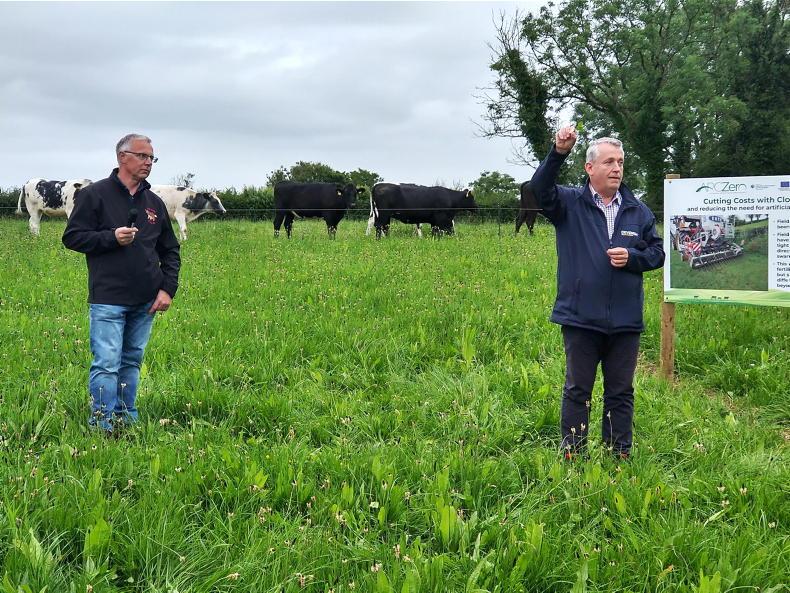
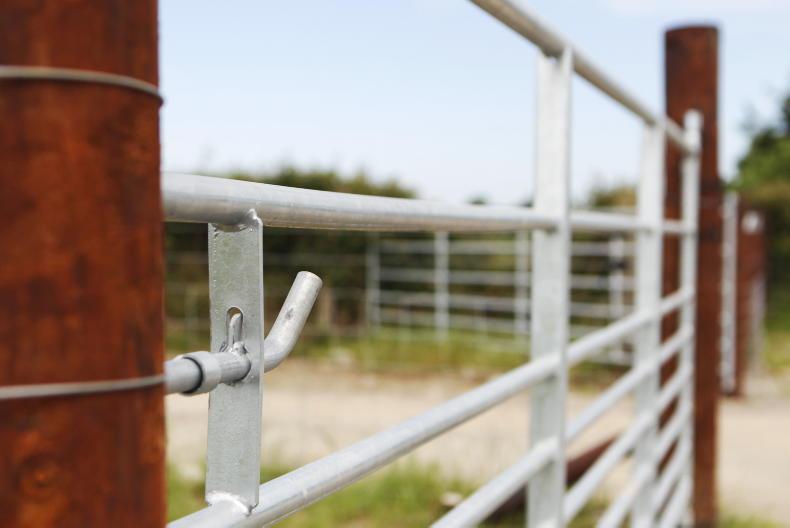
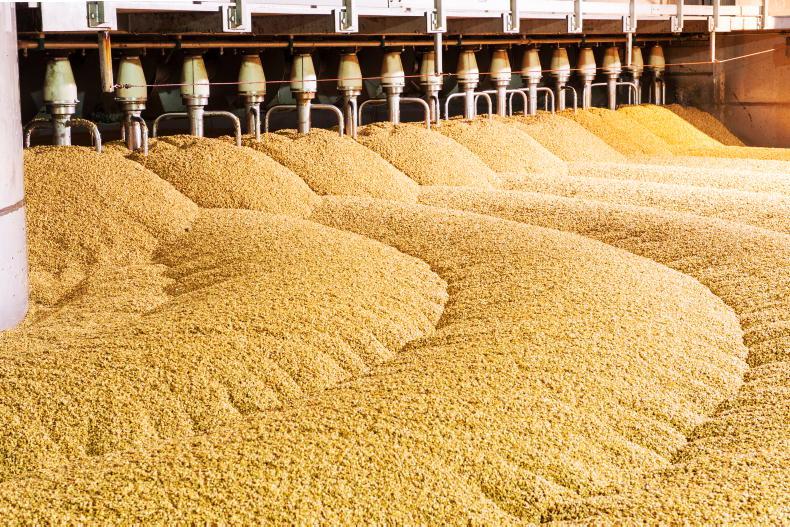
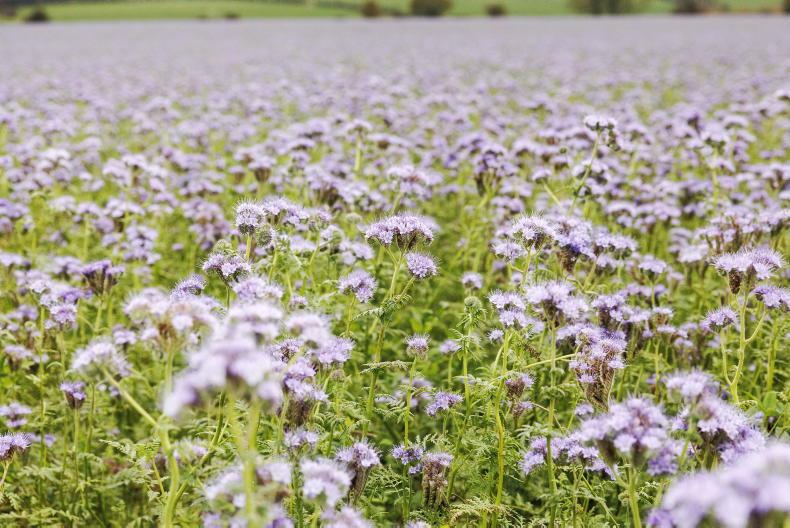
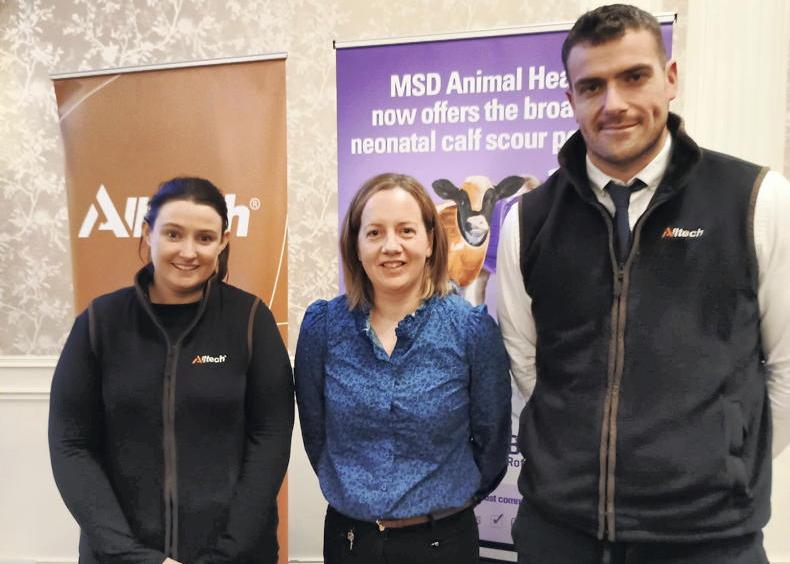
SHARING OPTIONS